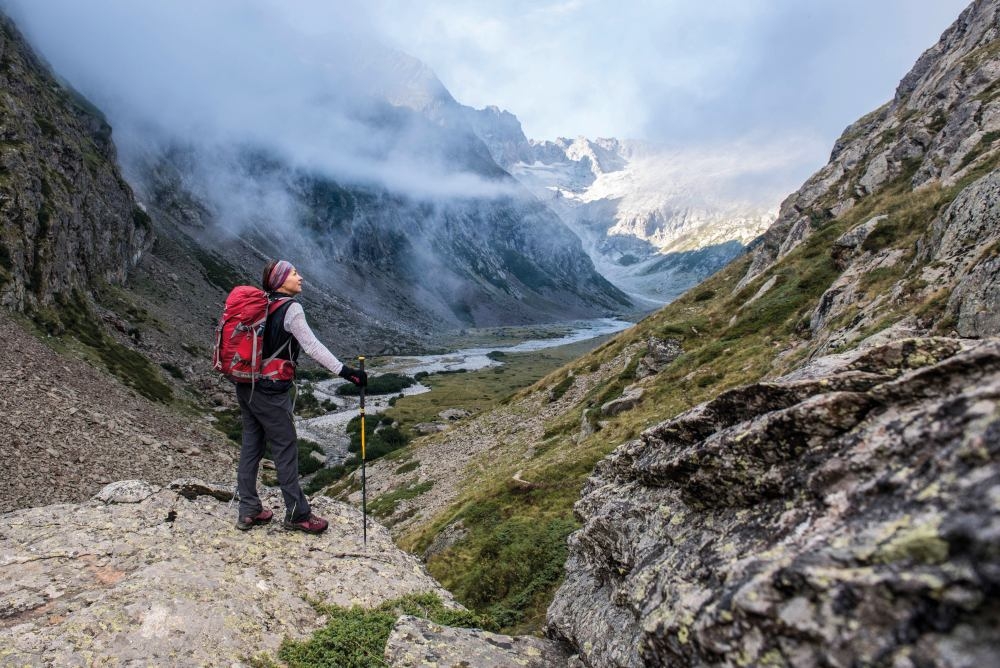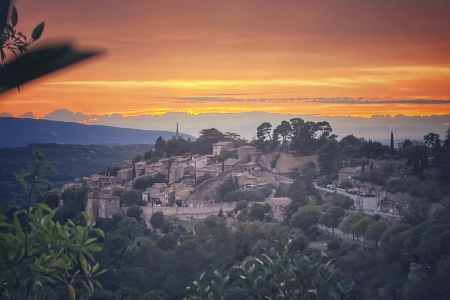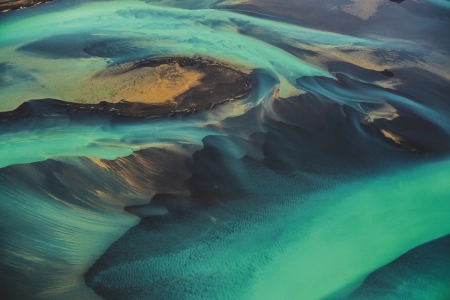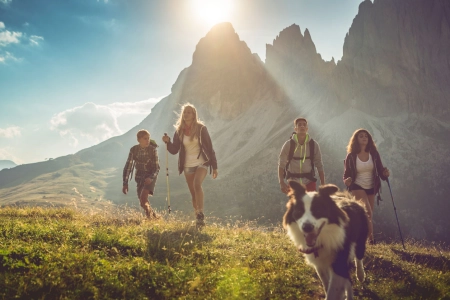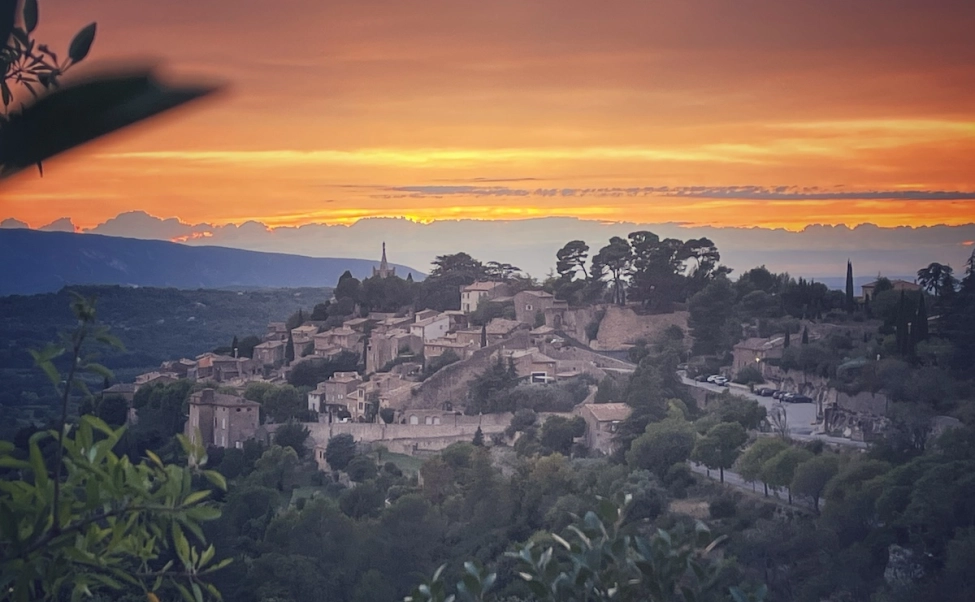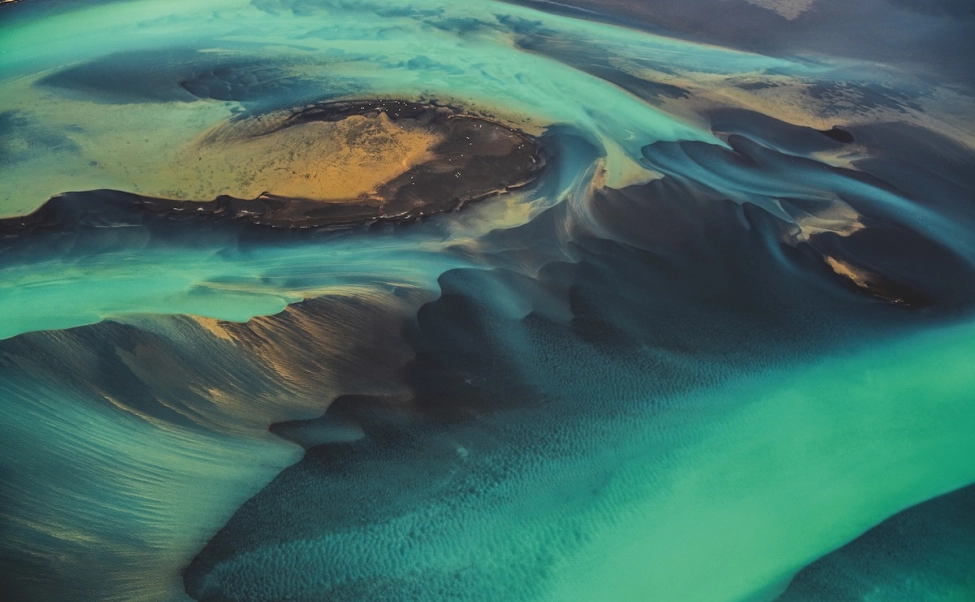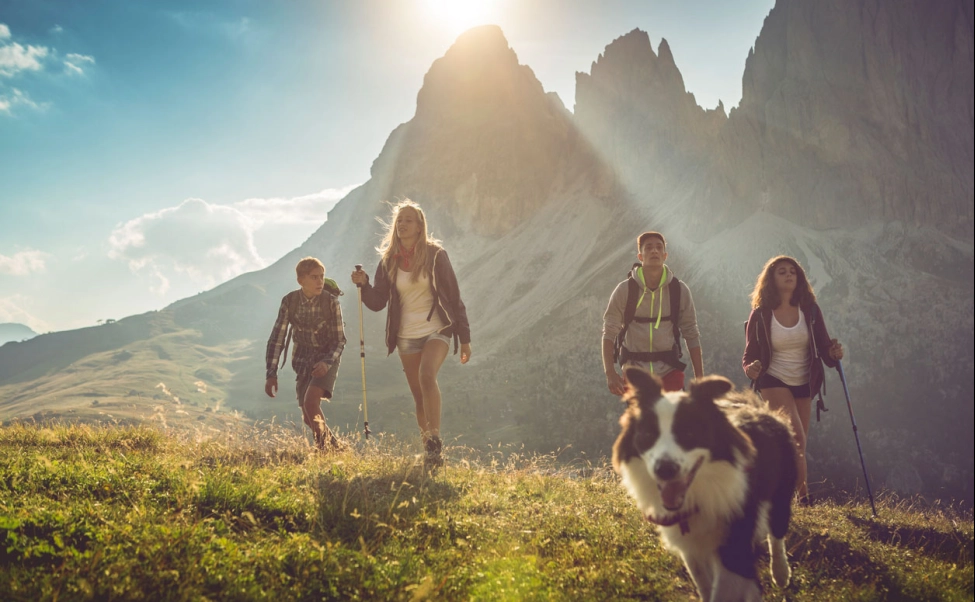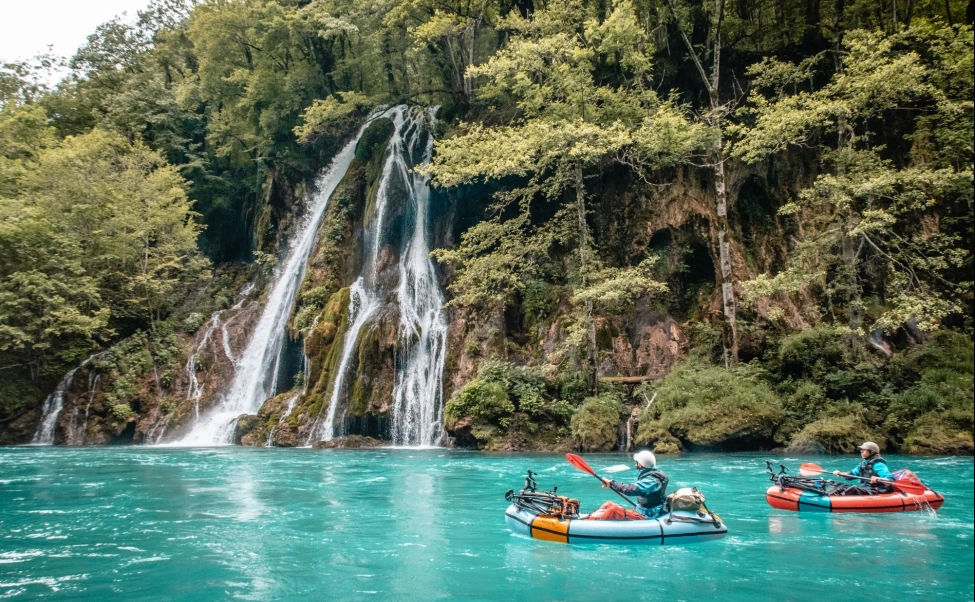- Details
- Written by: Daniel Wildey author
The sun rose hours ago, and so did I. But hiking a steep 500 metres up from the Refuge de la Lavey, on the eastern slopes of the Muande valley in the Écrins National Park in the French Alps, the sunshine has been a long time arriving. I’m near the top of my ascent when it finally breaks clear of the jagged summit of Tête des Fétoules mountain to the east, and its warming light finally crosses my path.
Instantly it vapourises the autumnal dew that lies heavily on the juniper growing all around me, and as the steam rises, so does the herbal fragrance. My side of the valley is suddenly fresh and alive and I soon reach the shoulder from which I can gaze down towards the lake of Lac de Fetoules and my path’s descent, smug that I’ve done most of the route’s hard work in a cooling shadow. The gradient may have lessened but the technicality of my hiking route has shot up, and I’m presently picking my way through an increasingly wild boulder field.
As I approach what looks like a precipitous drop I realise my view of the lake has disappeared, along with any semblance of a path. Such is the wildness of this, the Oisans region of the French Alps, and of the Écrins National Park in particular; the mild desperation of potentially being lost in fog is never too far from the back of your mind.
Twenty minutes scrambling around the boulders, plus a descent that is far trickier than it needs to be, brings me safely to the marshy environs of the pretty lake, which is tiny but perfectly formed. Its small simplicity is typical of everywhere I’ll walk on my foodie-by-foot tour - this will prove to be a land of simple pleasures.
I arrived three days earlier, to Château de la Muzelle hotel, further down the valley in the village of Venosc. The building has a vaguely sinister air at dusk that is revealed to be charming, faded grandeur by morning. But there is nothing faded about the menu; quiche Lorraine, salmon fillet in béarnaise and profiteroles make for a great start to my ‘Tour Gourmand’ - a three or five-day walking tour that hops between hotels and mountain refuges where innkeepers prepare local specialities for hungry hikers to sample.
The name, thought up by the Oisans tourist board, can be literally translated as the ‘gourmet’s’ or ‘food connoisseur's’ tour. And after all, in the realm of simple pleasures, few things offer more bang for your buck than hiking and eating, and few places can match the French Alps in either field.
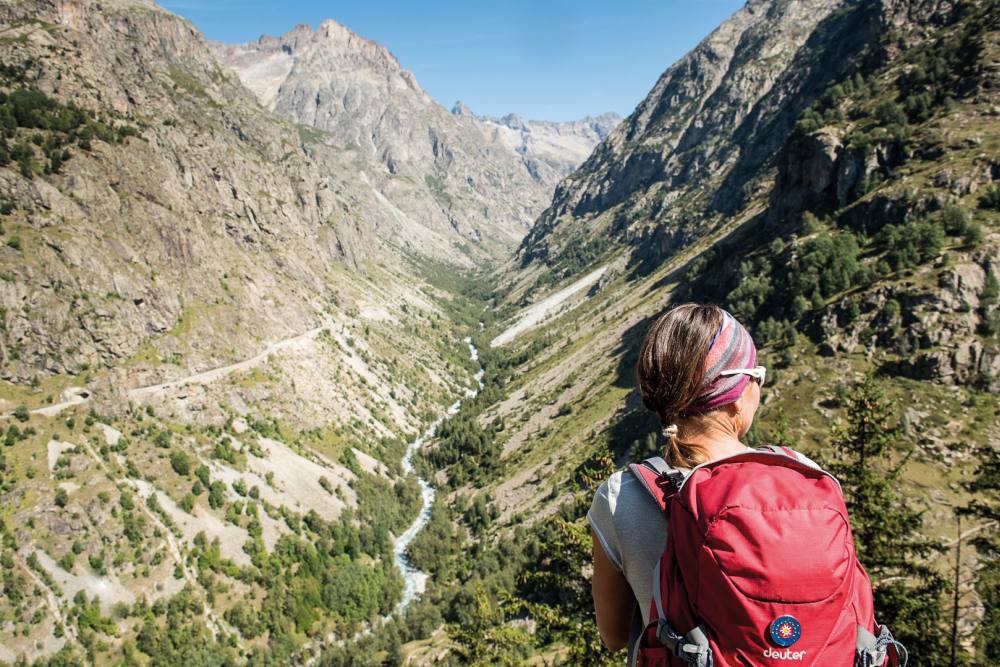
I meet with Michele Giroud, my guide for part of the hike, and we set out on a gentle first day’s walk from Plan du Lac and alongside the rushing Veneon river. It originates from the glaciers nearby and rages a peculiar icy-blue which is the result of farine du roche (literally, rock flour) reflecting the light.
We have only 600 metres to climb to reach the first of our refuges on this hut-to-hut and plate-to-plate tour: l’Alpe du Pin. And so we take our time, meandering along with the river, enjoying the sunshine and the butterflies, and even nibbling on the aniseed-flavoured roots of the flora (polypodes; a fern that locals chew for refreshment).
A short, sharp climb in the afternoon sun – still powerful in early autumn – brings us to where we will rest our heads. L’Alpe du Pin is essentially a single room, lined on one side with tables and on the other with bunkbeds. But it commands a stupendous position opposite the Aiguilles Rouges mountain range, part of the massif of La Meije, and catches the best of the setting sun. In the company of the hut’s amiable donkeys (who bear the burden of delivering supplies) I settle into a new, slower pace of life as the temperature plummets at nightfall.
See clearly now
Alpine huts don’t necessarily mean painfully early Alpine starts, and we set out in a chilly, damp fog at 8.30am the next day after wolfing down some delicious cinnamon-and-ginger-infused fruit cake for breakfast. The mist-shrouded pine trees make for an otherworldy atmosphere, but I can’t see much point in Michele’s suggested detour into nearby Mariande valley if we aren’t going to see the view. You should always take the advice of your guide.
As we approach the mouth of the hanging valley we are still in heavy cloud and the trees have disappeared. Then a magical thing happens; the kind of transformation that occurs when your eyes are fixed on the trail, while the world is changing all around you. The fog lifts and then swirls around us and the surrounding peaks, swelling up and retreating into the mouth of the valley like a tide.
Green is my valley
We trek most of the way up the valley before we catch sight of the retreating Glacier de la Mariande around the corner. The sky continues to flow between clear blue and misty waves of cloud until the sun breaks the high horizon and burns the moisture away.
Our destination means a return to the Veneon valley before climbing back up to 1,800 metres, and as we regain the treeline on the descent and encounter giant ancient spruce trees, it strikes me that this place is different to much of the Alps. There are vast trees up to 800 years old here that would need three or four people linking arms to span their circumference. In other places they would have had to be cleared to make way for ski lifts or other infrastructure. The hanging valleys – especially the ones as beautiful as Mariande – would see much more traffic, and the huts would be hugely over-subscribed. But it feels as if rampant tourism has passed Oisans by, as if we’ve stepped back 50 years in time.
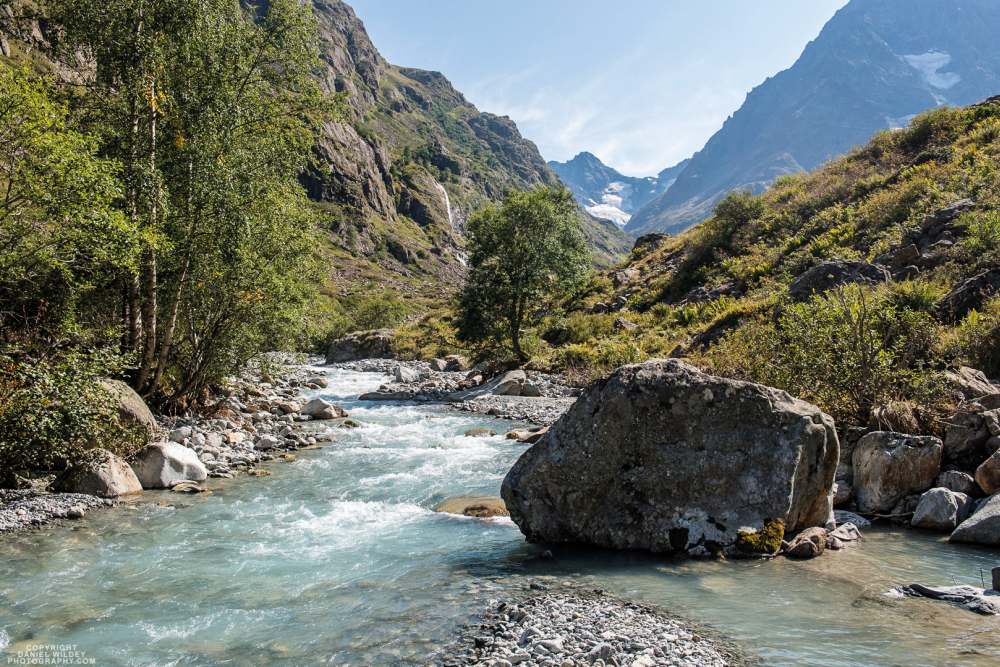
And the valleys just get prettier as we go. After passing several waterfalls a steep climb brings us to what Michele calls a veyroux – a giant ‘step’ into a hanging valley, where the lower valley has been carved by a much bigger glacier. We’re heading into Muande valley, which is directly adjacent to Mariande but home to small communities.
The first signs of habitation here are tumble-down stone cottages dotted around on the high shoulder at the mouth of the valley. The river meanders more gently here, and has already taken on the ice-blue colour that will feed into the Veneon far below. It is crossed now and then by stone bridges that wouldn’t look out of place in the Lake District, and the whole valley is surprisingly wide, lush and welcoming.
It even offers the tired, grateful hiker a beer. Well, the guardians at Refuge de la Lavey do, and it’s a locally brewed craft beer no less. My bottle of Bière des Alpes & Alphand is as cold and refreshing as any parched walker ever wished for. Another session of high-altitude relaxation awaits as the sun sets slowly and the aromas of home-grown ingredients just-picked from the refuge’s kitchen garden waft past me.
In the land of plenty
It’s clear from the delicious smell of dinner being prepared that I’m about to pass on to the ‘gourmand’ part of my foodie-on-foot tour. Whilst curry is not exactly a local speciality, and the French aren’t known for their love of spice, I’m bowled over by the poisson au papier (literally, fish in paper) prepared at La Lavey. It’s been cooked with the lightest of touches, the addition of leeks and cardamom elevating this simple fish far from anything eastern-inspired I’ve ever tried before. It’s followed by a perfect petit fondant - or ‘little cake’ with vanilla sauce and raspberry jam - and a great deal of satisfaction on my part.
The next day, after my adventure inthe boulder fields around Lac de Fetoules, Michele and I are heading for the final night in the valley. It’s somewhat disappointing to be going down, but the quality of the food is, if possible, about to go up. I arrive at the Gite d’Arias in the tiny village of Pre Clot at 2.30pm and I’m complimented on my marche vite - a good pace - by the owner. I’m not sure if it’s my natural stride or just my desire to sample the delights of our last refuge.
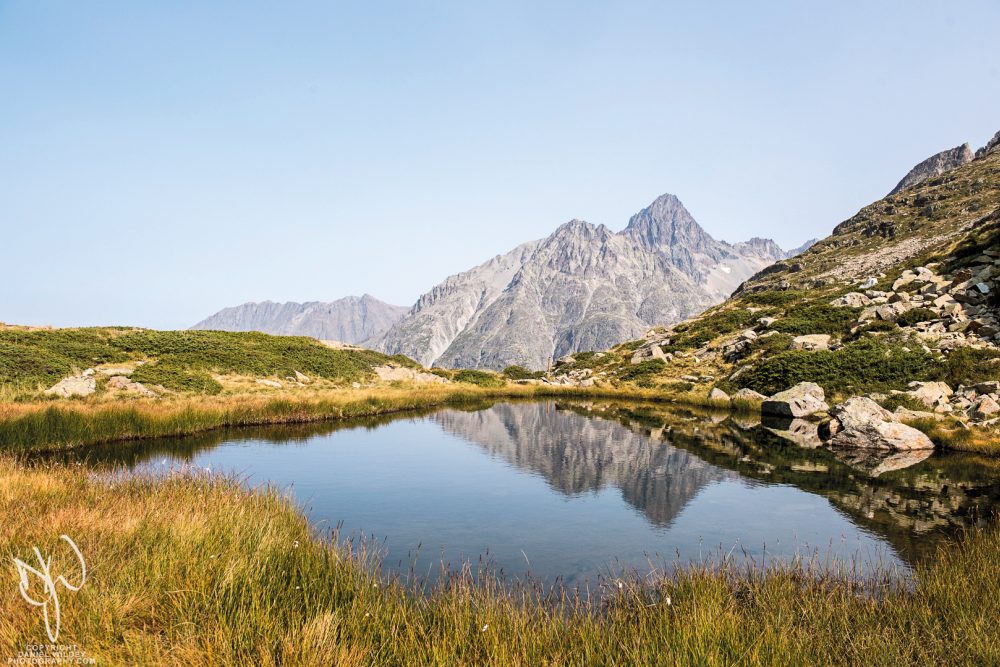
The temperature is naturally warmer down here at a lower altitude, and the gite proves positively luxurious after a string of simple huts. A private bedroom, a beer on the terrace and three hours of lazing in the sun turn out to be just what I need after a few days of high altitude exertion. Another simple pleasure – a basic but hot shower – seems a wonderful extravagance.
Any lingering disappointment that my three-day hike (the Tour Gourmand can also be extended to five days) is over is about to be more than compensated for by the highlight of my Gourmand-ing. I’m presented first with a fantastical platter of salads, as if the gite’s menu had been thrown at a plate; melon and ham, feta and walnuts, lettuce, tomato, onion... It’s excellent. And the cutlet of veal with mushrooms and dauphinoise potatoes (a local speciality) that follow are incredible. The veal must have been cooking since I’d set off from the first refuge, and I’ve lucked out with an end-piece which has taken the brunt of the searing heat and crisped to perfection.
These simple and unfussy but exquisite local dishes have been prepared the same way for generations, and they really are best sampled following the equally simple but rewarding act of walking in the wild and beautiful mountains they come from. That the French Alps can combine these two pleasures to such a degree makes me think there’s nothing to improve on the food-loving hikers dream - the Tour Gourmand.
Travel info
Health & safety
Although the Tour Gourmand never strays too far from the Veneon valley, it is still in a mountain environment and precautions should be taken; particularly with regards to altitude and weather.
What to pack
Hiking in autumn can still be very warm but temperatures at night plummet, so pack lots of warm layers. It’s also important to bring everything you may need for nights staying in the huts, as they offer no real creature comforts. A sleeping bag liner is required in the dorms.
Quirky Pitstop: La Cordee Cafe, St Christophe
If you happen to stop in the village of St Christophe in Oisans then a visit to La Cordée is a must. It’s hard to describe this quirky place - a café and hotel since 1907, it also doubles up as a museum, a library, a Turkish bath... La Cordée is run by Marie-Claude, the great-great-granddaughter of Pierre Gaspard, who was the first man to climb La Meije in 1877.
Inside you’ll find a treasure trove of oddities, piles of old books, a little climbing museum and a shop that stocks everything from beautifully carved walking sticks to decades-old bottles of Orangina. The really bizarre addition is the hammam; uber-modern and stylish, it may not be in keeping with the rest of the establishment, but it’s a fine place to relax after a hearty lunch in the café.
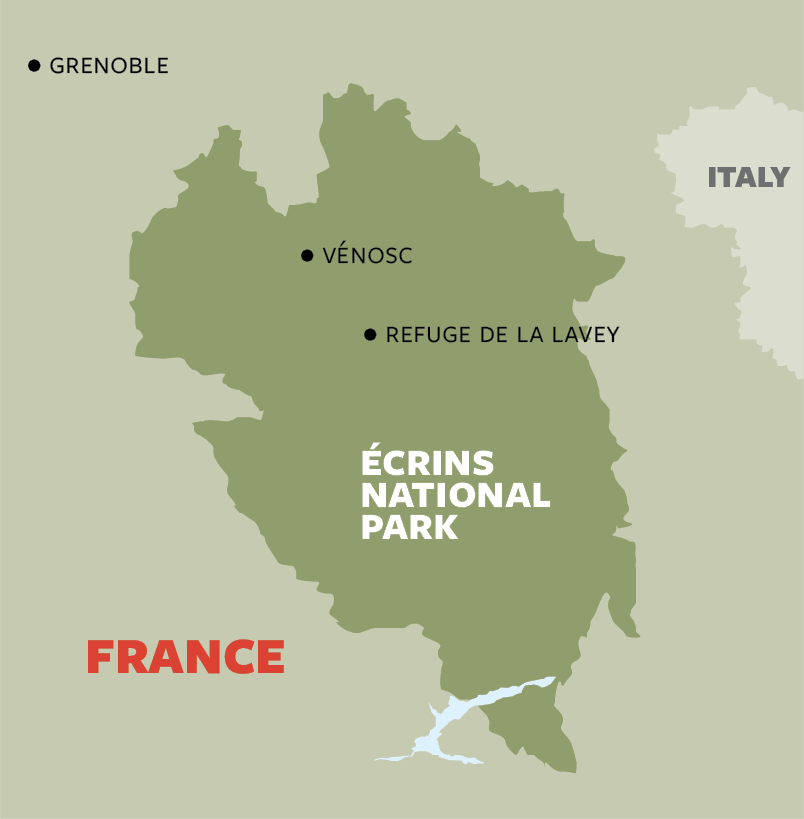
Our trip
The Tour Gourmand costs £205 per person for a five-day itinerary, including meals, a guide and accommodation.
Getting there
The Oisans region is easily accessible from Lyon airport. Flybe fly from Manchester from £78 return or from London from £60 return.

